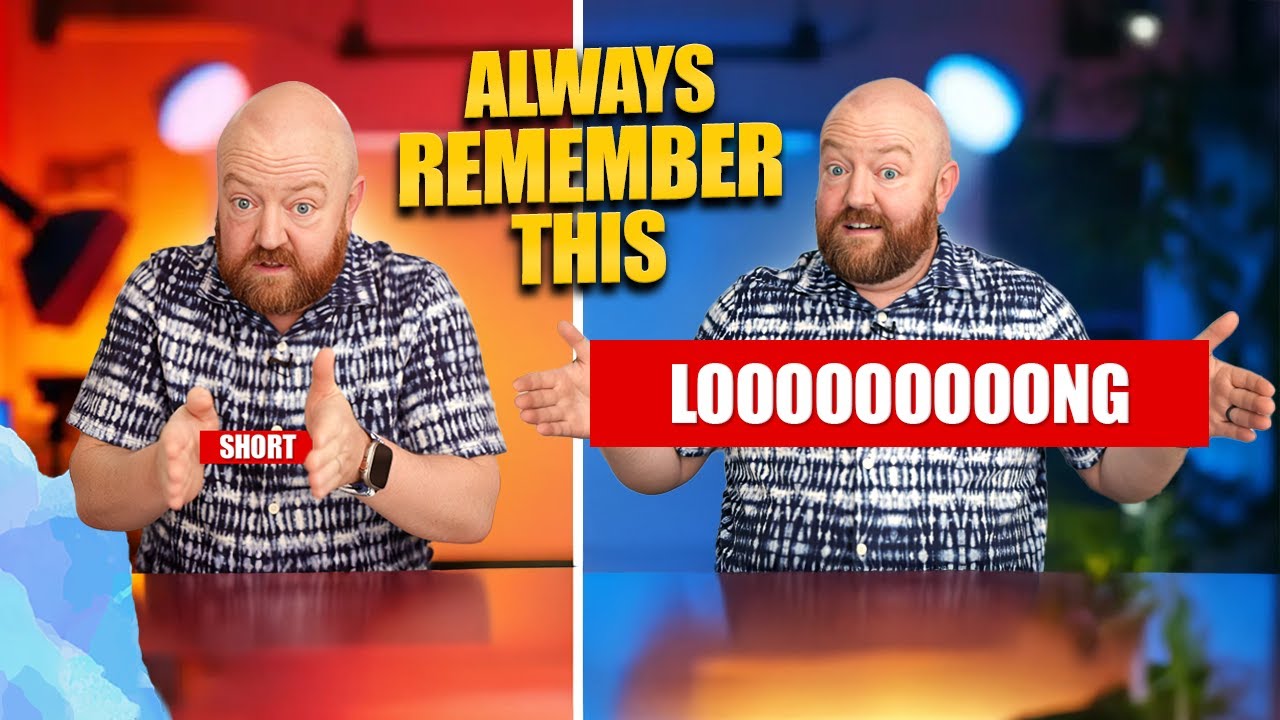Understanding the search volume for the keywords you’re targeting is crucial to your YouTube success. But what if you can’t find exact search volume data for YouTube? Not a problem. In this article, I’ll show you how to do effective keyword research, track your rankings, and dominate YouTube with your content. Let’s dive in.
The Myth of YouTube-Specific Search Volume Tools
Here’s some news for you: there’s no tool that provides exact search volume data for YouTube alone. But that doesn’t bother me—because I focus on Google search volume instead. Since Google owns YouTube, the search volume on Google can give you an accurate picture of what people are looking for. Ultimately, both platforms are interconnected. The content you create can drive traffic on both YouTube and Google, which is a win-win.
So, don’t worry if your tool doesn’t show search volume specifically for YouTube; if people are searching for it on Google, they’ll likely search for it on YouTube too. What’s important is creating content people are already looking for—whether on Google or YouTube.
Understanding Search Traffic from Momentum
Let me show you what real search traffic looks like when your YouTube channel starts gaining momentum. Take a look at Live On Purpose TV with Paul Jenkins: in the last 28 days, his channel received 62,000 views from YouTube search. Similarly, Noel Randall saw 84,000 views from YouTube search in the same time frame. It’s clear: when you rank for relevant keywords, YouTube search traffic can skyrocket.
In fact, some channels like Chad Littlefield are getting 18,000 views from YouTube search. But when you factor in external sources like Google search, his total traffic jumps by another 15,000 views.
This demonstrates how powerful search can be when you target the right keywords.
How to Find the Right Keywords for Your Channel
The key to unlocking YouTube search traffic is finding the specific questions your target audience is asking. Here’s how you can start:
- Example 1: Type in “How to get business credit with poor personal credit” on Google and you’ll find Noel Randall ranking at the top.
- Example 2: Type “Buying vacant land in Florida” and Brent Bowers ranks there.
- Example 3: “Are fixed indexed annuities a good investment?” leads to Stan the Annuity Man at the top.
These are just a few examples, but you get the point. Each of these channels is ranking for hundreds of such questions. Your goal is to find hundreds of questions your audience is asking and create videos answering them.
By creating targeted content addressing these questions, you’ll start seeing tens of thousands of views each month. Imagine how that could impact your channel!
Tools for Finding the Right Keywords
One of my go-to tools for keyword research is the Keyword Magic Tool. This tool helps you discover relevant questions people are searching for. If you teach something like real estate investing, you could search for phrases like “How to become a real estate investor with no money?” or “How to find investors for commercial real estate?”.
This tool filters questions by length, helping you find phrases that are specific yet have search potential. And don’t worry—you’ll never run out of topics. For every main keyword you target, there are endless variations of questions that you can create content for.
The Low-Hanging Fruit Strategy
Most keyword research tools show a range of search volumes. For instance, you might find keywords with 10 searches per month to those with 170 searches per month. But where do you start? My recommendation: start with the low-hanging fruit. Target the questions with the lowest search volumes first (like 10 searches per month), and aim to rank for them. Once you’ve ranked for those, you can go after higher-volume phrases.
By posting videos on these lower-volume keywords, you’ll quickly see your videos ranking at the top of YouTube. As your channel gains traction and more videos rank, you’ll start to rank for higher-competition keywords, too.
Your Roadmap to YouTube Domination
It’s all about creating videos that answer the questions people are actively searching for. Start small with low-volume keywords, gain momentum, and then target higher-volume keywords. Before long, you’ll see yourself ranking for hundreds of questions and building a solid presence on both Google and YouTube.
If you’re ready to take your YouTube channel to the next level, I’ve created a step-by-step guide that’ll show you exactly how to dominate YouTube search in just 4 months using the 5-ingredient formula I follow. Watch the video on YouTube SEO: The Leaf Strategy to learn more.
By focusing on targeted keyword research and strategically building your content, you’ll be well on your way to YouTube success.





